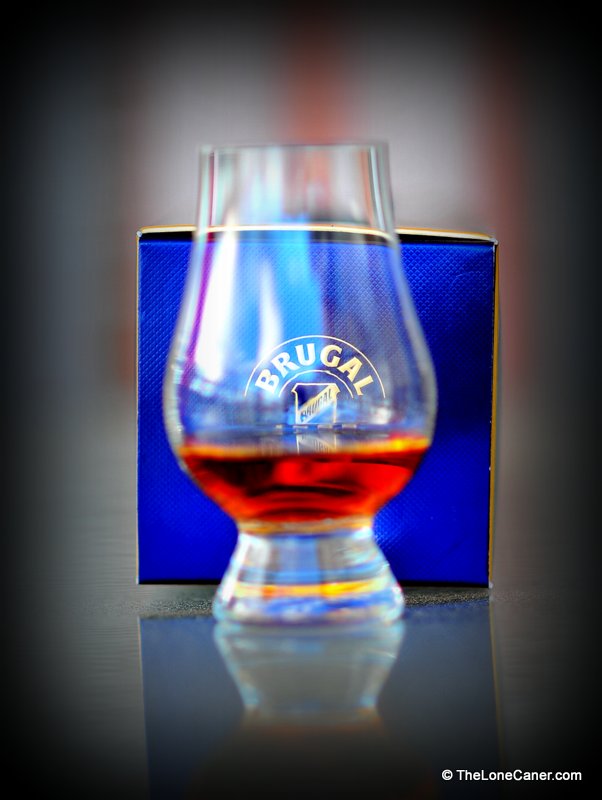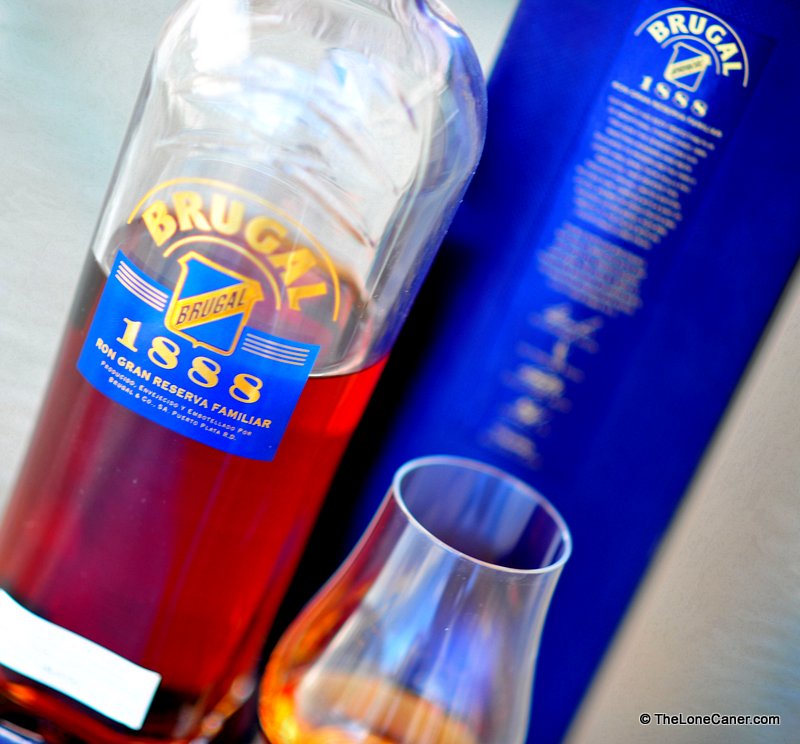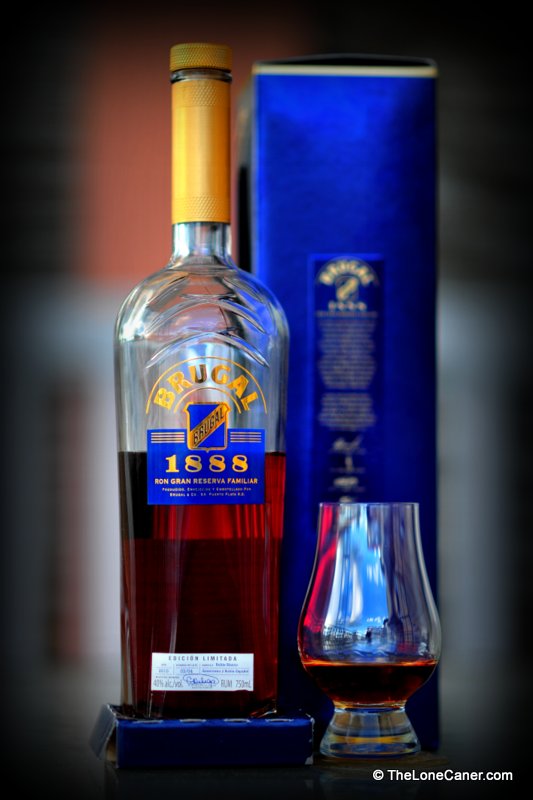It’s a peculiarity of the Don Q Gran Reserva Añejo XO, one of the last un-messed with editions of the Serralles Collection issued by the Puerto Rico firm of Destilería Serrallés, that the more specific details of the components aren’t actually on the label – one has to check the website to find out what makes it so special. Though it may just be so in the eyes of the producers, in this case they might actually be on to something.
Now, further up the line we start running into various finished editions (like the Vermouth, Cognac, Zinfandel and so on, plus stronger single barrel releases), but here we have a rum that plays it straight and doesn’t bother with any tweaks to make it different, or better, or unique. It’s just a rum devoid of frippery, and had it been slightly cheaper, I would have seriously considered making it a Key Rum.
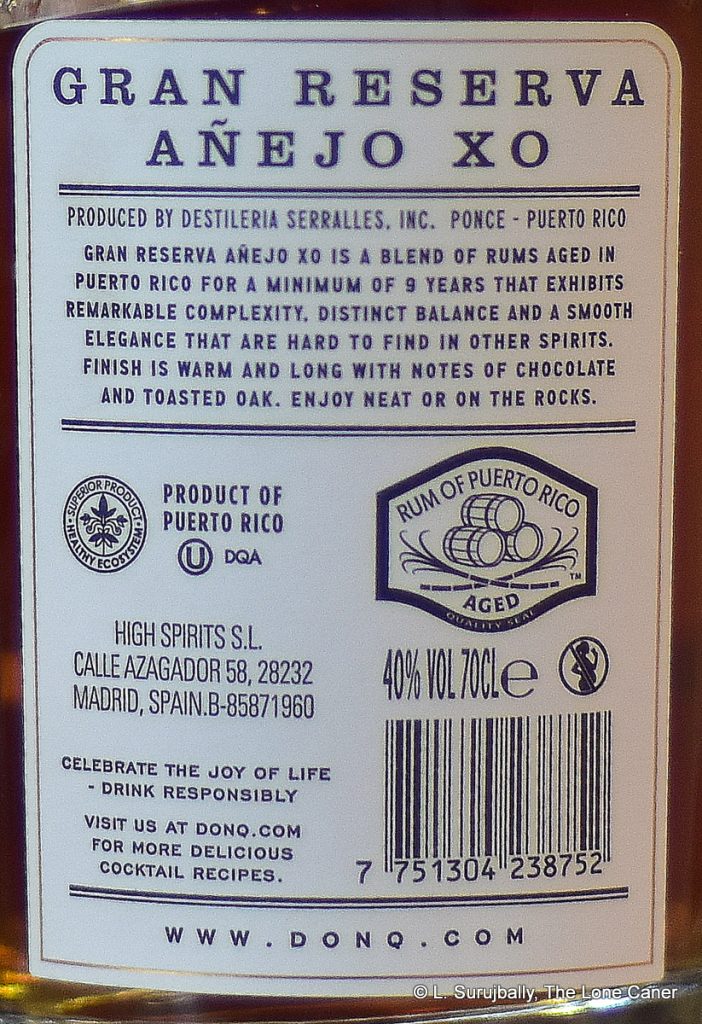 It would seem that Destilería Serrallés took a look at their line and felt that to make the original a shade more premium they had to go a bit further than the 7YO or the original Gran Reserva (see below), and since they didn’t have a 12YO handy, this is what they come up with.
It would seem that Destilería Serrallés took a look at their line and felt that to make the original a shade more premium they had to go a bit further than the 7YO or the original Gran Reserva (see below), and since they didn’t have a 12YO handy, this is what they come up with.
The original Gran Añejo is a rum that I tried and reviewed back in 2018 and scored 81 points based on a sample I had bought, but for my money, that one was an essay in the craft before they came up with the XO. For one thing, there was the upscale bottle design; too, it was simply called the “Gran Añejo” without further qualification, and back then it was a blend of rums aged 6-12 years old, with a smidgen of a 50 year old solera rum added in for depth. Fast forward a decade and now it’s the “Gran Añejo Reserva XO,” a bend of rums aged 9-12 years (still with some of that 50YO solera, however), and the bottle is not quite as elegant, though still quite nice. In both cases the rum is a column-still distillate from molasses, issued at a comfortable 40%.
We’ve discussed the company and other background matters before in the recent Don Q reviews, so I won’t rehash them here. Let’s just proceed to the tasting notes right away.
What’s immediately noticeable about the nose is how perfumed, how fruity and floral it is. Ripe red cherries, grapes and dried cranberries meld seamlessly with light traces of lavender and citrus zest. Behind that lurk more traditional notes: vanilla, cinnamon, caramel and burnt marshmallows, with the whole thing also giving hints of crushed walnuts and a sort of salted butter aspect that’s far from unpleasant. It’s not quite leaps and bounds above the 7YO – both are hamstring by the easy proof point…but it is better.
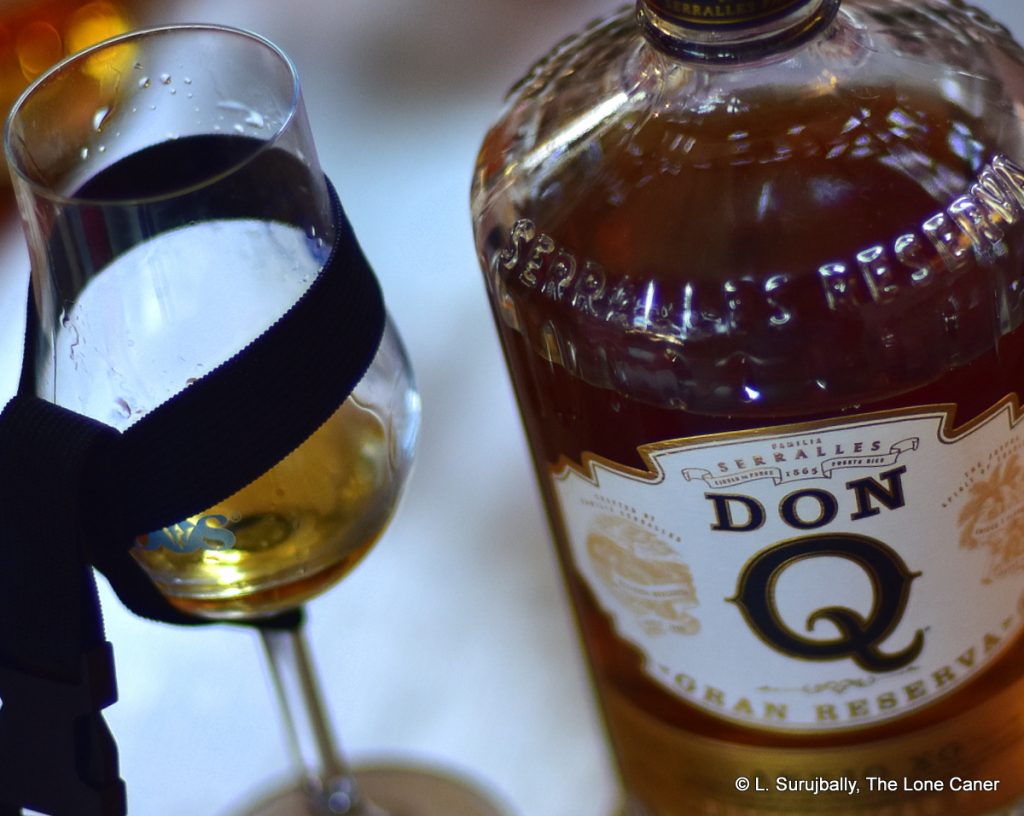 The palate is no slouch either. Soft and well behaved, yes – we would hardly expect a face-ripping leopard to leap out of the glass at 40% – and also both briny and sweet, with the same fruity flavours of dark cherries, ripe red grapes and squishy Thai mangoes. We can also sense vanilla, those burnt marshmallows again, caramel, toffee, perhaps some used coffee grounds, harsh oversoaked black tea, all somehow tied together by a soft citrus zest that I for one, quite enjoyed. The finish is a real weak point, though – it’s just gone too quick, and most of the aforementioned notes, while discernible, are really too faint
The palate is no slouch either. Soft and well behaved, yes – we would hardly expect a face-ripping leopard to leap out of the glass at 40% – and also both briny and sweet, with the same fruity flavours of dark cherries, ripe red grapes and squishy Thai mangoes. We can also sense vanilla, those burnt marshmallows again, caramel, toffee, perhaps some used coffee grounds, harsh oversoaked black tea, all somehow tied together by a soft citrus zest that I for one, quite enjoyed. The finish is a real weak point, though – it’s just gone too quick, and most of the aforementioned notes, while discernible, are really too faint
It’s recognizably a Spanish (or Cuban) -style ron, a fine rum of softness and depth and good tasting chops, priced reasonably well.There’s enough going on inside to appeal to a more seasoned rum drinker, while pleasing those who are now getting into the game and are looking for something non-threatening to the tonsils and the purse. I have no reservations recommending it, whatever my issues are with standard proof (I really believe it wouldn’t hurt to bump it up to, say, 45%).
Still: of late I’ve been coming around somewhat to re-appreciating a swathe of such rons that stronger indie bottlings from other parts of the world have previously displaced from my mental map of the rumiverse. With several recent rums of the Spanish style (Bristol Spirits’ recent DR and Venezuela rums, for example, even if indie bottlings, show the potential), perhaps its time to give them some more love, a re-assessment, and some more appreciation. The XO is one reason why that statement can absolutely be said, and be meant.
(#1125)(84/100) ⭐⭐⭐½
Other notes
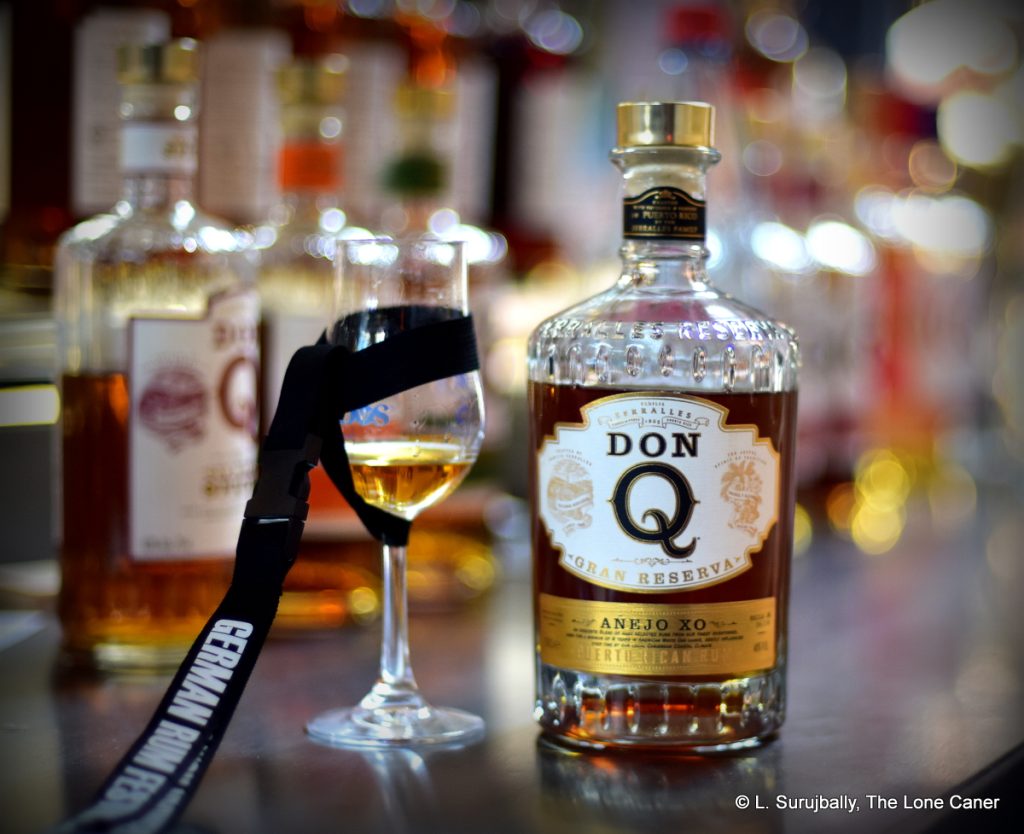
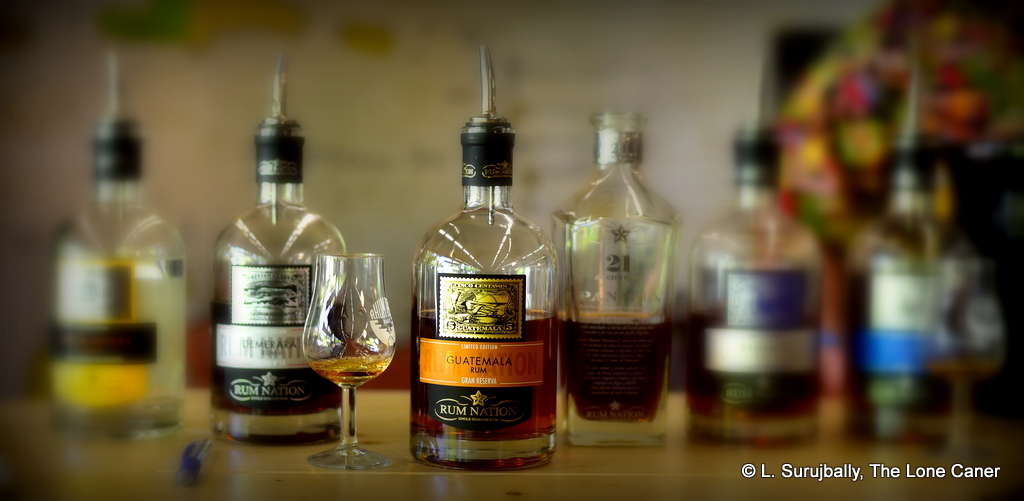
 Rum Nation’s own
Rum Nation’s own 